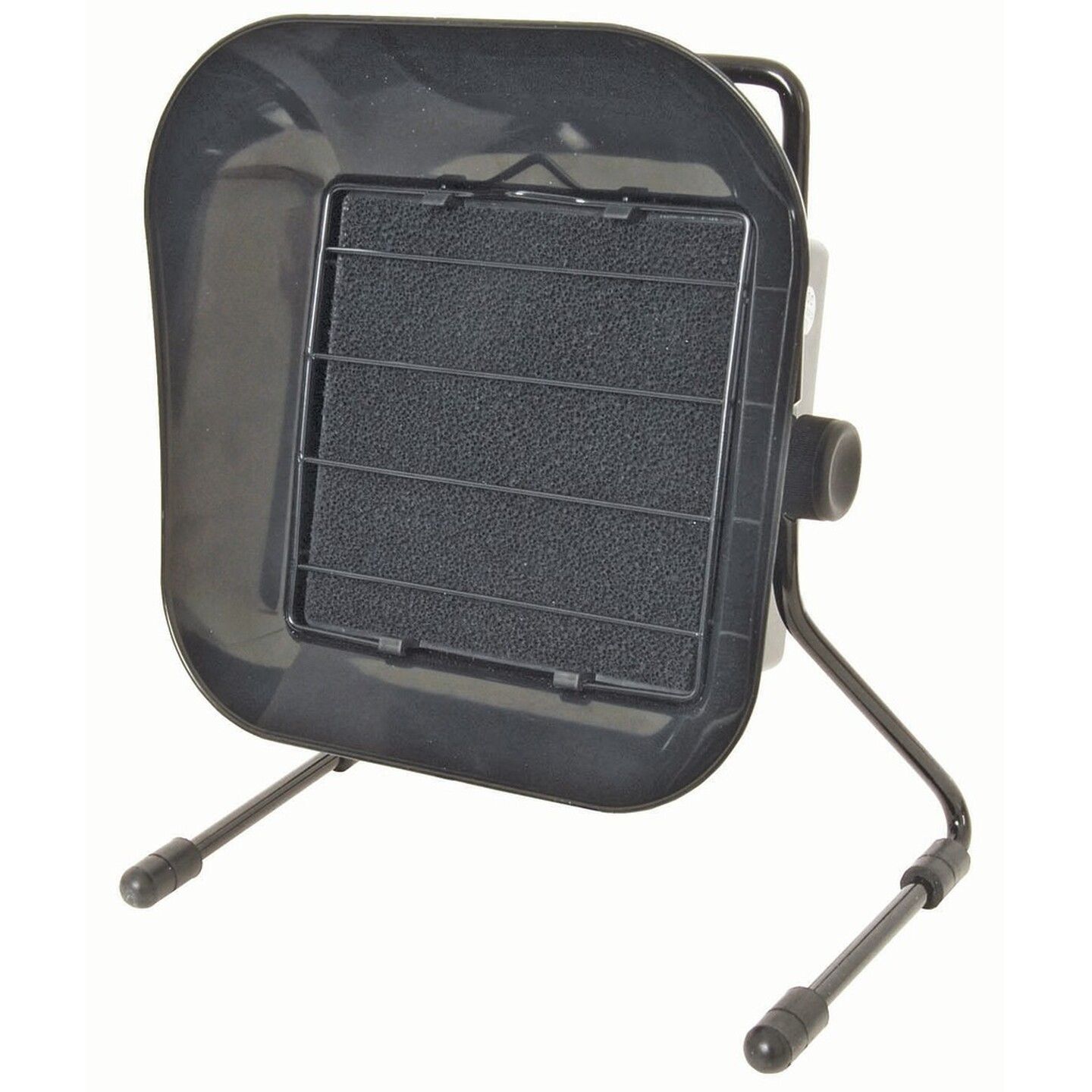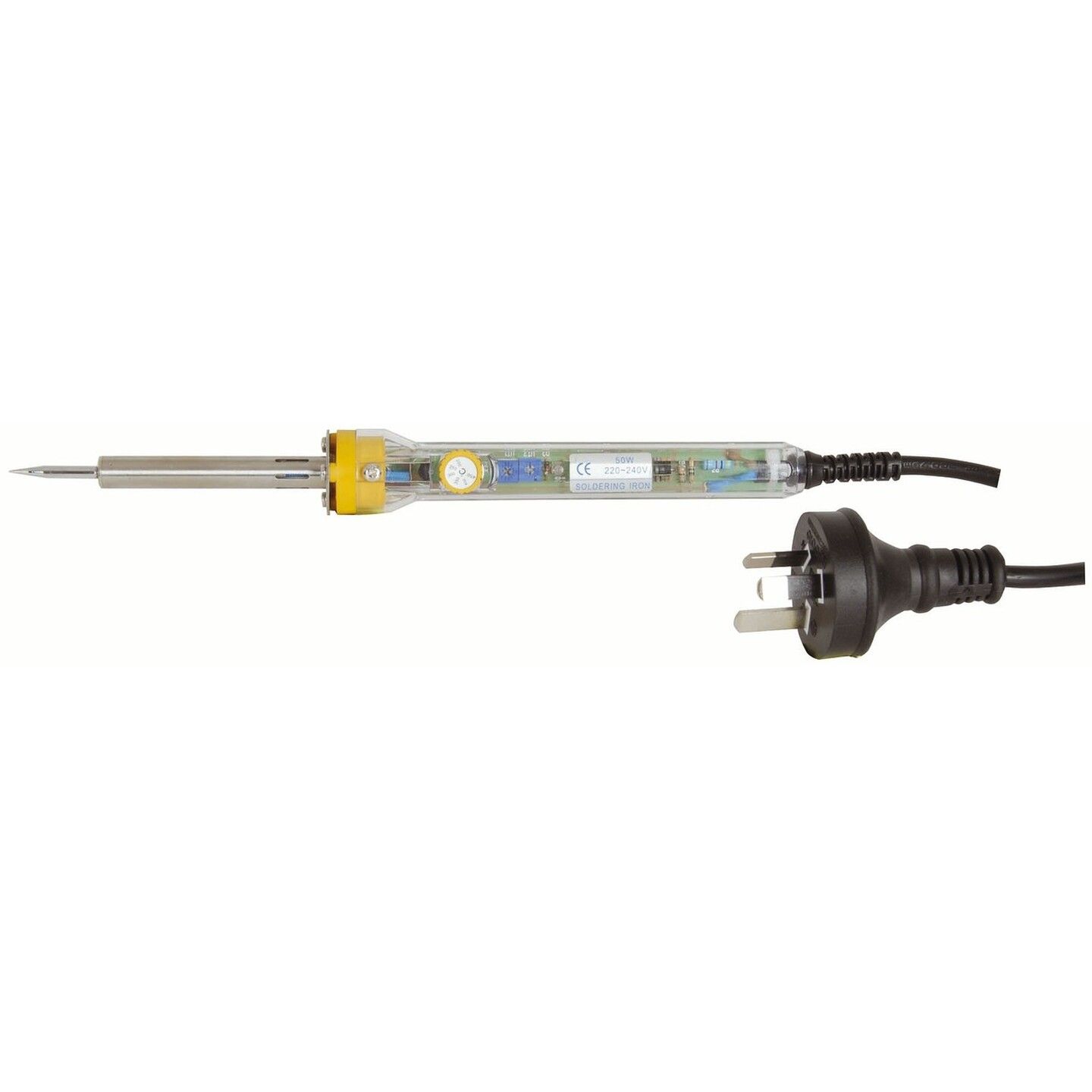.webp?branch=prod)
Soldering: Your Ultimate Guide
Whether you're embarking on your first soldering project or looking to refine your skills, dive into expert advice, product guides, and tailored recommendations from Jaycar. Navigate the vast world of soldering with confidence.
What is Soldering?
Soldering is a fundamental skill in the electronics world, bridging components with precision to form essential electrical connections. This process, rooted in the melting and cooling of a metal alloy known as solder, is pivotal for crafting durable electronic devices. With the evolution of soldering technology, enthusiasts and professionals have access to a variety of tools like electric soldering irons that cater to the diverse needs of modern projects. Innovations such as adjustable temperature controls and cordless operation have transformed soldering from a simple task into an art form, enabling creators to achieve perfection in their work.
What is Solder?
The journey of understanding soldering begins with recognizing its core—the solder itself. This fusible alloy, traditionally a mixture of tin and lead, has adapted over the years to include lead-free variants in response to health and environmental concerns. Each type of solder, with its unique melting point and composition, is suited to different applications, illustrating the importance of choosing the right materials for your project. The process of soldering metal, whether for joining wires or creating circuit boards, relies on precise temperature control and clean surfaces to ensure a strong, conductive bond.
How Does Soldering Work?
In the realm of soldering, mastering the technique is as important as the tools used. Whether utilizing a traditional soldering iron or exploring the capabilities of a gas soldering iron, the key to successful soldering lies in understanding the materials and the method. From preparing the metal surfaces to setting up your solder station correctly, each step contributes to the overall strength and quality of the connection. For those looking to delve deeper into the specifics of soldering, including its various applications and best practices, educational resources are invaluable in honing this essential skill.
Shop Soldering Products at Jaycar
Explore the extensive range of soldering tools at Jaycar, where quality meets innovation to cater to all your soldering needs. Our selection spans from basic electric soldering irons for hobbyists to versatile gas soldering irons for professionals on the move. For more demanding applications, consider our advanced soldering stations that offer precision temperature control and stability. Don’t forget to check out our comprehensive range of solder accessories to enhance your soldering efficiency and results. Shop with confidence at Jaycar, knowing that every purchase is backed by expert advice and robust support.Top of FormBottom of Form
Soldering FAQs
Read our frequently asked questions on soldering to discover everything you need to know about the topic.
Soldering is a process that begins with clean preparation and ends with the cooling of molten solder to form a bond. First, ensure that the surfaces to be joined are free from oxidation and dirt, as cleanliness is paramount. Then, heat the parts with a soldering iron before introducing the solder, allowing it to flow and envelop the connection points. A well-soldered joint is smooth, shiny, and provides a reliable electrical path. Techniques vary, but the principle remains consistent: attention to detail and patience yield the best results.
Explore Soldering Products
Read to start your next project? Explore our soldering products online at Jaycar.







